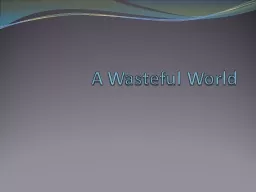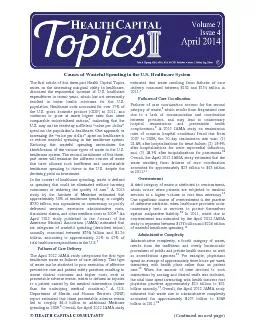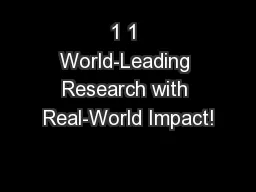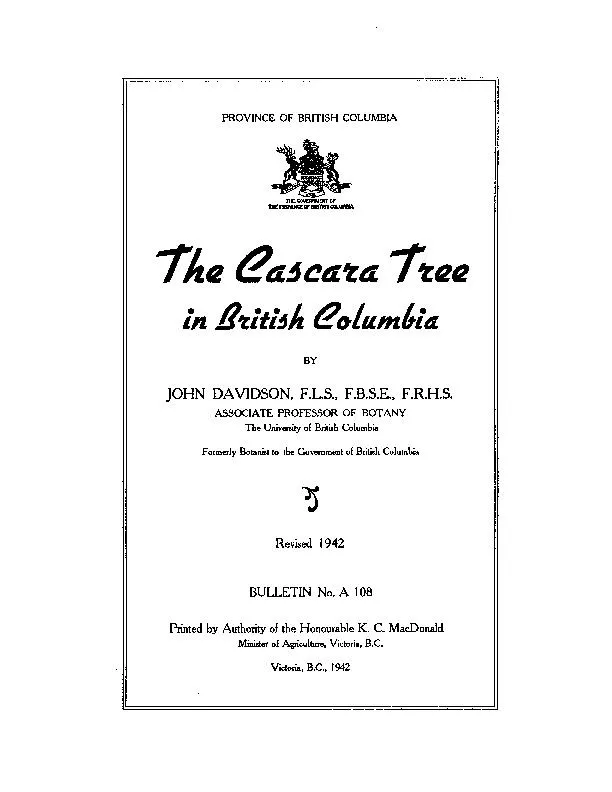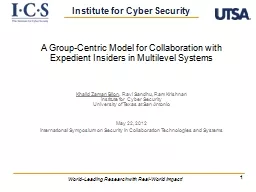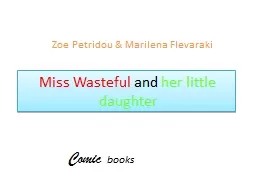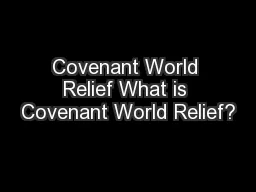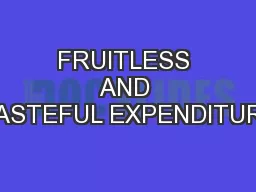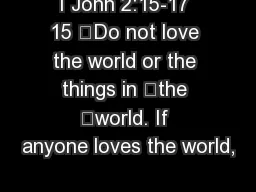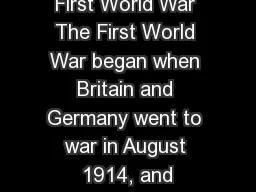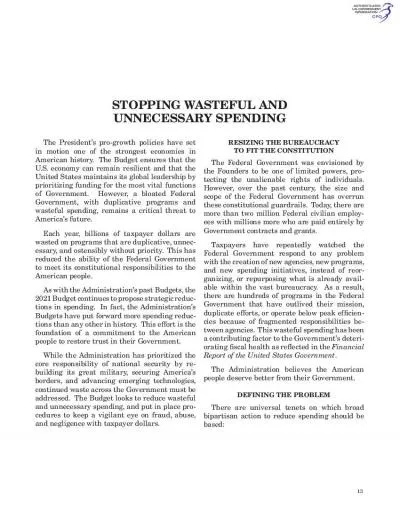PPT-A Wasteful World
Author : stefany-barnette | Published Date : 2016-08-10
Types of Waste BiodegradableNon Biodegradable DomesticIndustrial HazardousNonHazardous SolidLiquid Come up with an example of each if you can HICMICLIC HIC stands
Presentation Embed Code
Download Presentation
Download Presentation The PPT/PDF document "A Wasteful World" is the property of its rightful owner. Permission is granted to download and print the materials on this website for personal, non-commercial use only, and to display it on your personal computer provided you do not modify the materials and that you retain all copyright notices contained in the materials. By downloading content from our website, you accept the terms of this agreement.
A Wasteful World: Transcript
Download Rules Of Document
"A Wasteful World"The content belongs to its owner. You may download and print it for personal use, without modification, and keep all copyright notices. By downloading, you agree to these terms.
Related Documents

